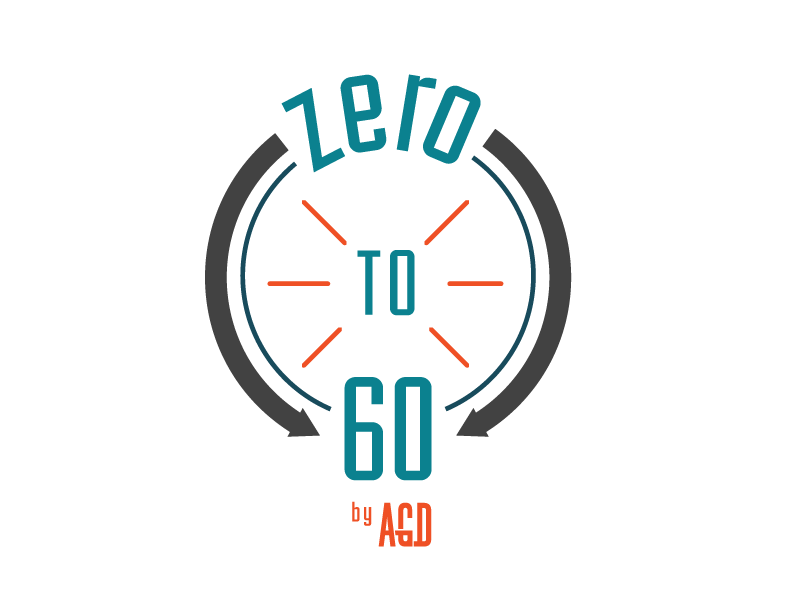Facebook is by far the world’s most popular social network, making it a valuable channel to promote your new music or your upcoming shows! Running ad campaigns through Facebook Ads Manager can be an effective way to get the word out, but it is easy to spend too much money in exchange for a relatively small return.
Let’s walk through creating a Facebook ad for your music. The first thing you will do is go to your Facebook Business profile, where you would generally manage your artist page. Then, navigate to the Ads Manager page. This is where we will begin to craft your campaign.
Setting the Objective
The first thing you will do is set your marketing objective. Your objective is your ultimate goal for your ad campaign. What you choose should be in line with what you are trying to accomplish.
Reach or Brand Awareness are often inexpensive campaigns to run, but be careful about how often you do so. While the likes may come streaming into your page, many accounts may just be spam accounts; it is highly unlikely that someone who is a true fan of your music will find out through a Facebook ad.
Video View campaigns are often more expensive than Reach or Brand Awareness campaigns, but they can be an effective way to promote engaging content to a new audience. Videos have proven to yield far more engagement and views that other variants of posts, but it is also important to ensure that your video is carrying a message worth spending precious marketing money on.
Another popular objective among artists is Traffic. If you are trying to get people to click through to an external site, whether it is your website, Apple Music, or Spotify, this will probably be the objective for you.
Your Audience
While your setting your objective is extremely important to the success of your ad campaign, choosing your audience is by far the most important thing you will do during this process.
Think of your Facebook audience like your audience during a live performance. You want an audience that is engaged and wants to hear more. If you are a heavy rock artist performing in front of people who don’t like heavy rock music, they will not be a very enthusiastic crowd, even if it is the best show you have ever performed.
Have a very good idea of who would like to see your ad. It sometimes helps to write up a simple bio of your typical fan, then target based on that bio. Every artist’s audience will be somewhat unique to them, and the better you (and Facebook) know yours, the more effective your campaign will be.
Your Budget
Depending on your objective, you will be charged per click or per impression. A cost per click occurs each time somebody clicks through your ad, while a cost per impression occurs each time your ad is place. It is worth noting that each impression is not always a new person; ads may be placed multiple times in front of the same person according to Facebook’s algorithm.
Typically, the more money you spend, the more your ad will be placed. However, you want to spend the least amount of money to best accomplish your objective, so your ads should be very high performing.
There is a multitude of information online showing the best practices for each objective, but the most accurate way to determine what is best for you is to try it yourself. Start with a small budget for a limited amount of time and see what your cost per result is, then continue to tweak your ad until you are satisfied with your return. Once you determine what works best for you, you can confidently scale up your spending!
Conclusion
Be sure to know what you are trying to accomplish with your Facebook campaign. Having a clear and written objective will let you easily measure the performance of your ads.
Know who you are targeting with your ads. While you may have the best ad design in the world, it will be in vain if the content does not resonate with the audience. To be sure that you have the best ad and the most responsive audience, start small with your budget and scale up as you find success!
Balancing Art & Industry Newsletter
Receive weekly updates on the Balancing Art & Industry blog



